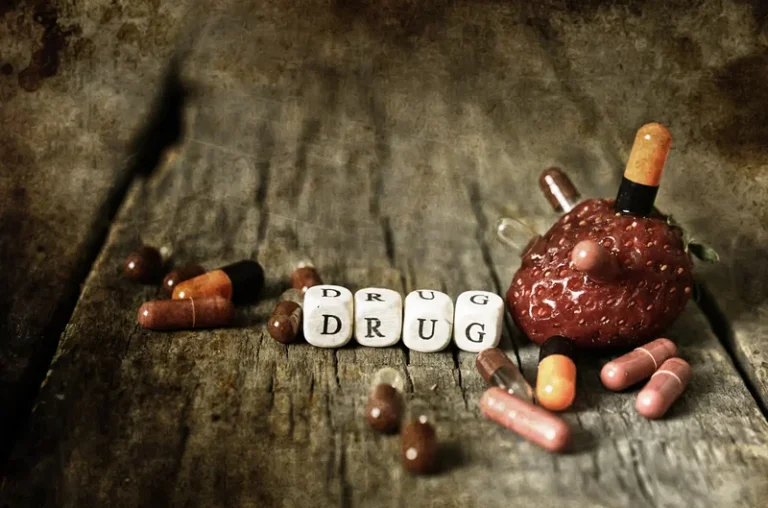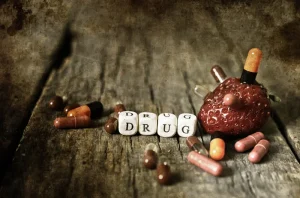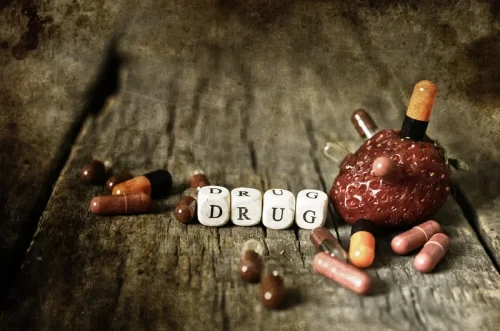
People who consume uppers experience a boost of energy and the feeling that they can do anything as speed provides the ability to stay awake for long periods of time without needing rest. Additionally, while taking these uppers an individual may have no desire to eat which can lead to weight loss if the stimulant abuse is continued. Cognitive-behavioral therapy (a form of psychotherapy) is effective in some patients. There are no proven pharmacologic treatments for rehabilitation and maintenance after detoxification. Tolerance develops slowly, but amounts several 100-fold greater than the amount originally used may eventually be ingested or injected. Tachycardia and increased alertness diminish, but hallucinations and delusions may occur.
Continuing Education Activity
- You should take FDA-approved amphetamines orally (by mouth) as directed by your healthcare provider.
- However, with proper treatment and therapy, this addiction to uppers can be overcome.
- When you’re addicted, you may continue using the drug despite the harm it causes.
Lisdexamfetamine is available as capsules or chewable tablets, and typical daily dosages range from 20 mg to 70 mg. One cardinal sign of amphetamine abuse is the presence of paraphernalia for snorting or smoking amphetamines. Snorting paraphernalia may include straws, pen casings or rolled-up dollar bills and mirrors with powdery residue on them. Smoking paraphernalia may include tin foil, soda cans or light bulbs with yellowish residue, glass pipes and butane lighters or torches. No specific treatment is needed when patients stop taking of amphetamines. Patients whose depression persists for more than a brief period after amphetamines are stopped may respond to antidepressants.
Amphetamine (Oral Route)

The prescription drugs most often misused include opioid painkillers, anti-anxiety medicines, sedatives and stimulants. The choice of agent for initial therapy is based on cost, patient preference, and concern for abuse. MAS is available as immediate-release tablets or extended-release capsules. Immediate-release formulations may be preferred initially to establish an optimal daily dose, with conversion to an extended-release formulation thereafter. Seizures should initially be treated with parenteral benzodiazepines. Barbiturates and propofol may be added for further seizure control.
- Taking some drugs can be particularly risky, especially if you take high doses or combine them with other drugs or alcohol.
- Cognitive-behavioral therapy (a form of psychotherapy) helps some people stay free of amphetamines.
- Amphetamines are stimulant drugs that are used to treat certain medical conditions but are also subject to abuse.
- Everyone’s journey with recovery is different, but asking a healthcare professional, family member, or friend for help is usually the first step.
Are amphetamines a controlled substance?
If your drug use is out of control or causing problems, get help. The sooner you seek help, the greater your chances for a long-term recovery. Talk with your health care provider or see a mental health provider, such as a doctor who specializes in addiction medicine or addiction psychiatry, or a licensed alcohol and drug counselor. When they’re used over prolonged periods, it can increase the likelihood of the person developing psychological and health problems. Amphetamines can permanently deteriorate brain function, so if you suspect someone you love is displaying the signs and symptoms of amphetamine abuse, it’s important to seek professional medical or addiction help. The most effective treatments for amphetamine addiction are cognitive-behavioral intervention and contingency-management models.


It is estimated that each year there are about 24.7 million amphetamine abusers in the United States. In 2008, it was reported that 13 million people over the age of 12 had used amphetamines without the supervision of a doctor; 529,000 were regular speed abusers. In certain cases, psychotic symptoms can last for months or years after methamphetamine abuse has ceased. Stress has been shown to precipitate spontaneous recurrence of methamphetamine psychosis in formerly psychotic methamphetamine abusers.
- Cannabis often precedes or is used along with other substances, such as alcohol or illegal drugs, and is often the first drug tried.
- That’s why it’s important to understand the signs and symptoms of using amphetamines entirely so that you can decide on the best next step.
- You should only take the amount of amphetamine as prescribed by your healthcare provider.
- However, it can be helpful to know the diagnostic criteria if you think that you or someone you care about has an addiction to amphetamines.
Amphetamine is a medication used in the management and treatment of ADHD and narcolepsy. This activity reviews the Amphetamine Addiction indications, action, and contraindications for amphetamine as an agent in treating ADHD and narcolepsy. Blue Ridge is an alcohol and drug detox and substance abuse treatment center offering rehabilitation programs for alcohol, heroin, opiate, and prescription drug addiction.
Amphetamine Withdrawal Symptoms
Because commonly abused prescription drugs activate the brain’s reward center, it’s possible to develop physical dependence and addiction. The use of amphetamine with other serotonergic agents and/or CYP2D6 inhibitors (including fluoxetine, paroxetine, and bupropion) can increase the risk of serotonin syndrome. Amphetamine should be started cautiously in patients taking these medications, with close monitoring for signs and symptoms of serotonin syndrome. Psychostimulants with abuse potential are a subset of stimulants that have a higher likelihood of being abused due to their effects on the central nervous system. Psychostimulants with abuse potential include both illegal drugs, such as cocaine, methamphetamine, and ecstasy, as well as prescription stimulants.
